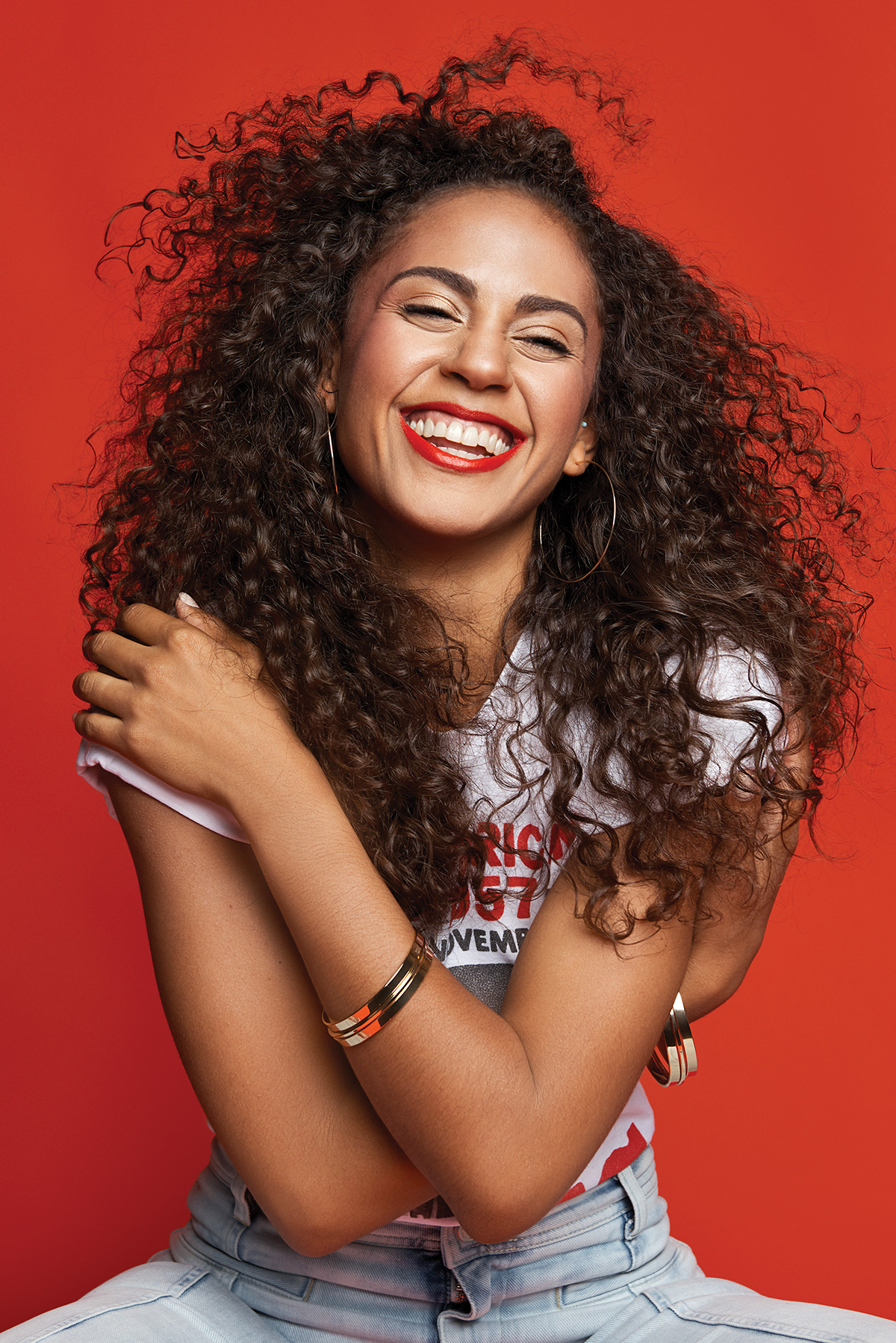
Photographers don’t usually drum up business by selling slow cookers on the social networking app Nextdoor. Jen Bertrand, however, doesn’t just sell products: She sells experiences. So when the Dallas-based portrait photographer was ready to part with her Crock-Pot, she turned it into something of an event. Bertrand advertised that her appliance made “the most amazing mac and cheese,” and she would give the buyer her recipe. The ad’s humor and personality prompted a woman to search Bertrand’s name online, where she found Jen Bertrand Photography. Seeing the humor and personality reflected on Bertrand’s website, she booked a session. “I’m so glad you Crock-Potted your way into my life,” the woman told Bertrand.
Five years ago, Bertrand, who specializes in business, modeling, and senior portraits, retooled her marketing to make her personality the brand and to make portrait sessions with a party vibe the centerpiece product. She also injected her personality into her photography to capture the subjects’ spark, which traditional portrait sessions can suppress. “I’m going to make you look like the best version of you on the best day you’ve ever had—with 14 hours of sleep,” Bertrand says of her philosophy.
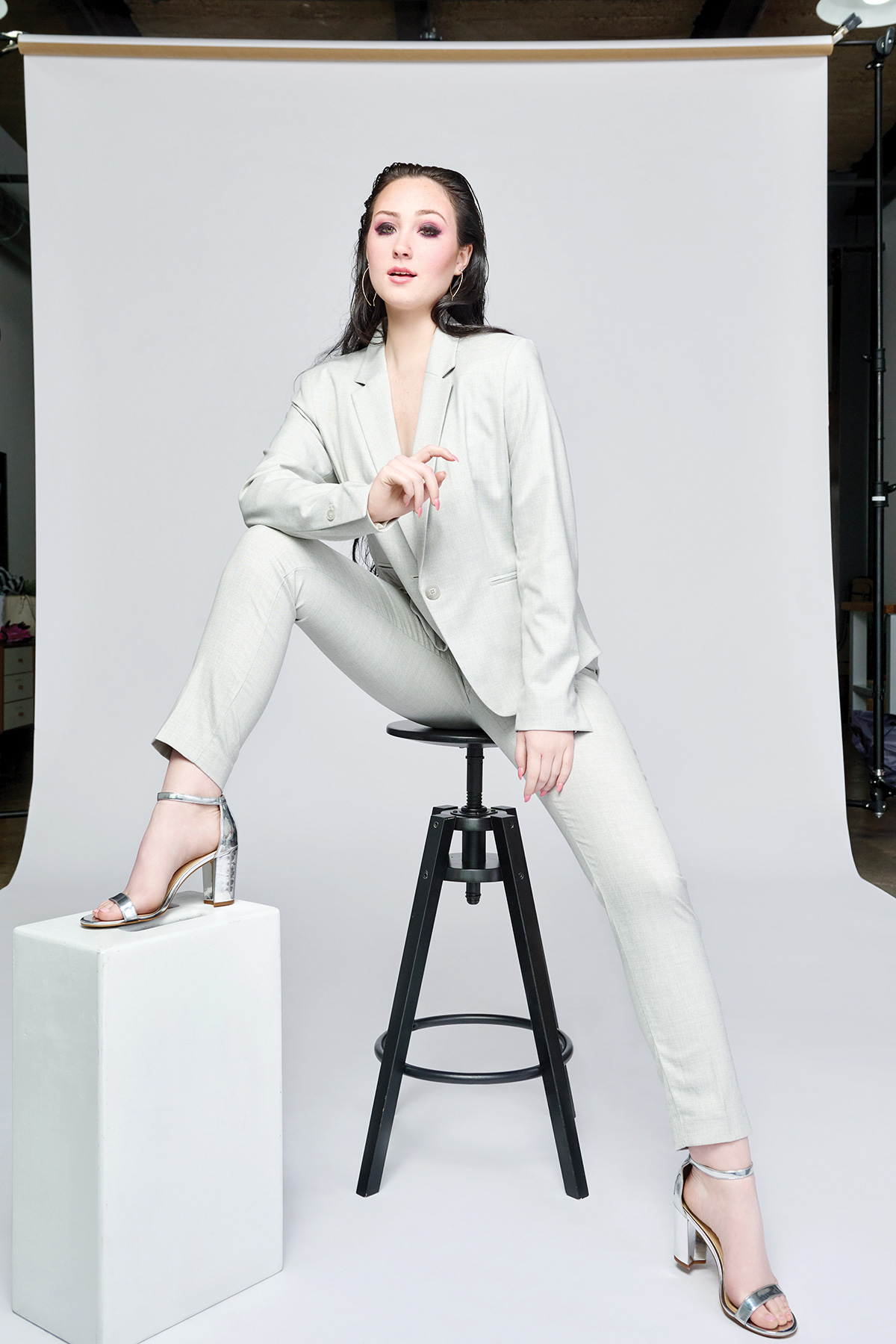
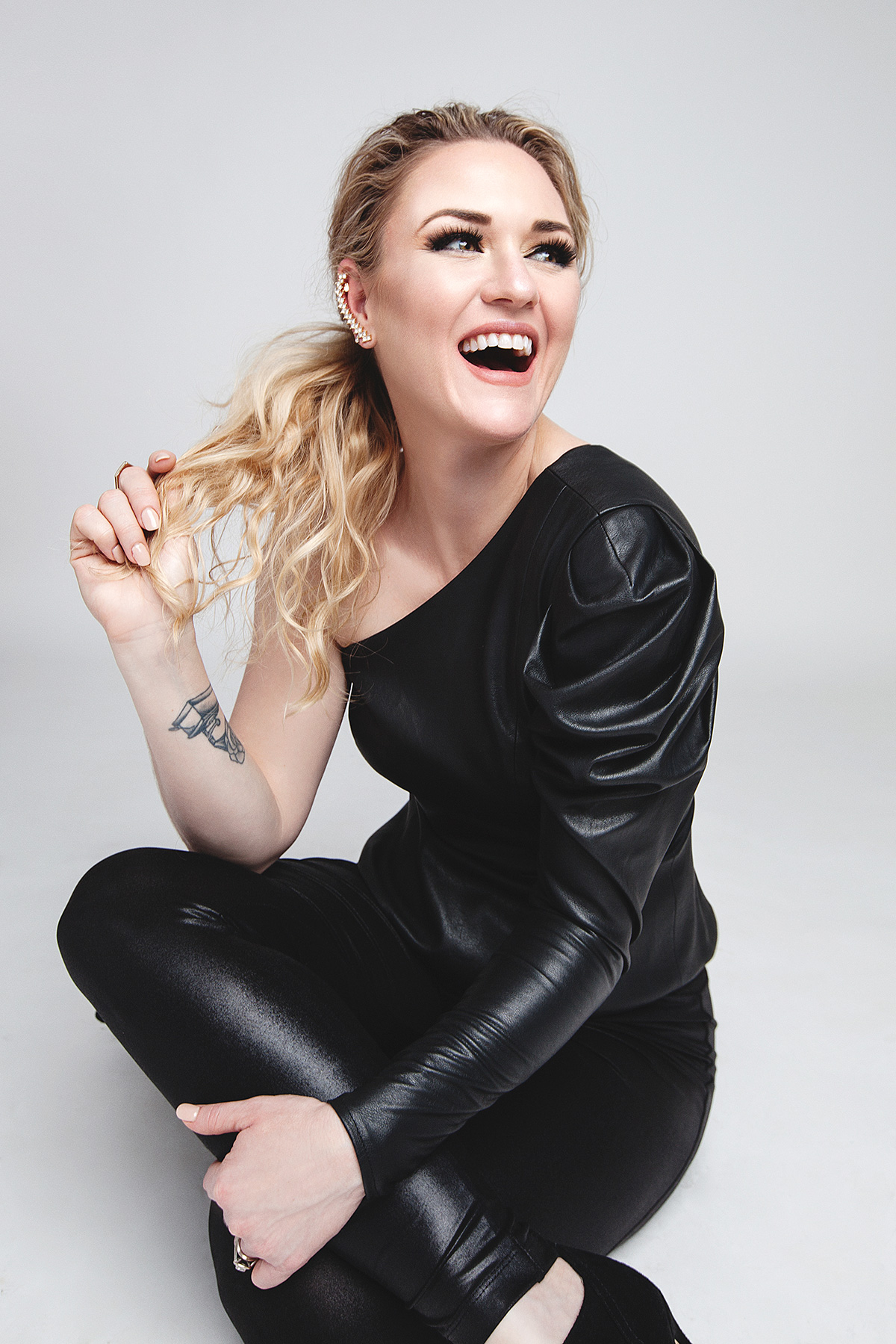
Photographer Jen Bertrand
TELLING THE STORY
“Editorial imagery with an edge” is her website’s tagline. Says Bertrand, “Editorial is about telling a story: That’s what I try to do with each session.” Using Dallas’ top hair and makeup artists to provide clients a Vanity Fair-like shoot is part of the plan. “Edge” refers to Bertrand’s notion that “Everybody has a badass in them.” She encourages unfettered individuality to flow into her images.
Her home page features a video montage of Bertrand and subjects clowning, contemplating, dancing, posing—and one guy showing some trepidation but later confidently juggling a fedora. Dynamic portraits—brimming with life, dramatically engaging, often emphasizing mesmerizing eyes—surround the video.
“I can sit them there, tell them to pose, smile, great job, but what’s the point? That’s not who I am.” They’re not looking for a forced-pose experience that’s reminiscent of the school pictures or business headshots they may have suffered through, Bertrand says. “I’ve heard every client who comes to me say, ‘You’ve got your work cut out for you; I’m not photogenic at all,’” she says. “My response is that you are not not photogenic; you haven’t been photographed by the right person yet. I’m here to change that experience for you.” For Bertrand, that experience means empathy for the client, building trust, and telling embarrassing stories about herself. “What it comes down to is connecting with humanity and breaking down this idea that they have to be perfect. I want my images of you to look like you.”
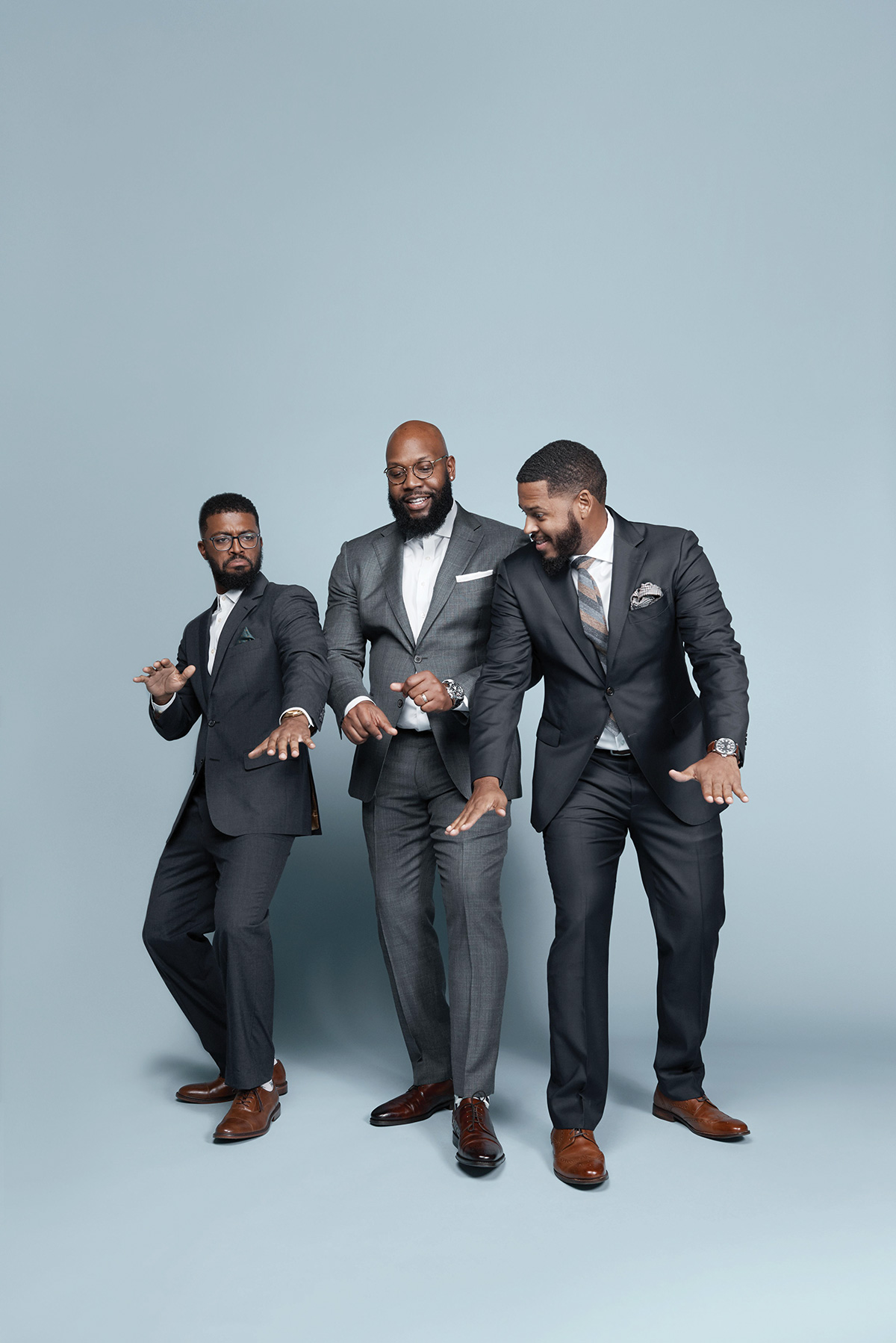
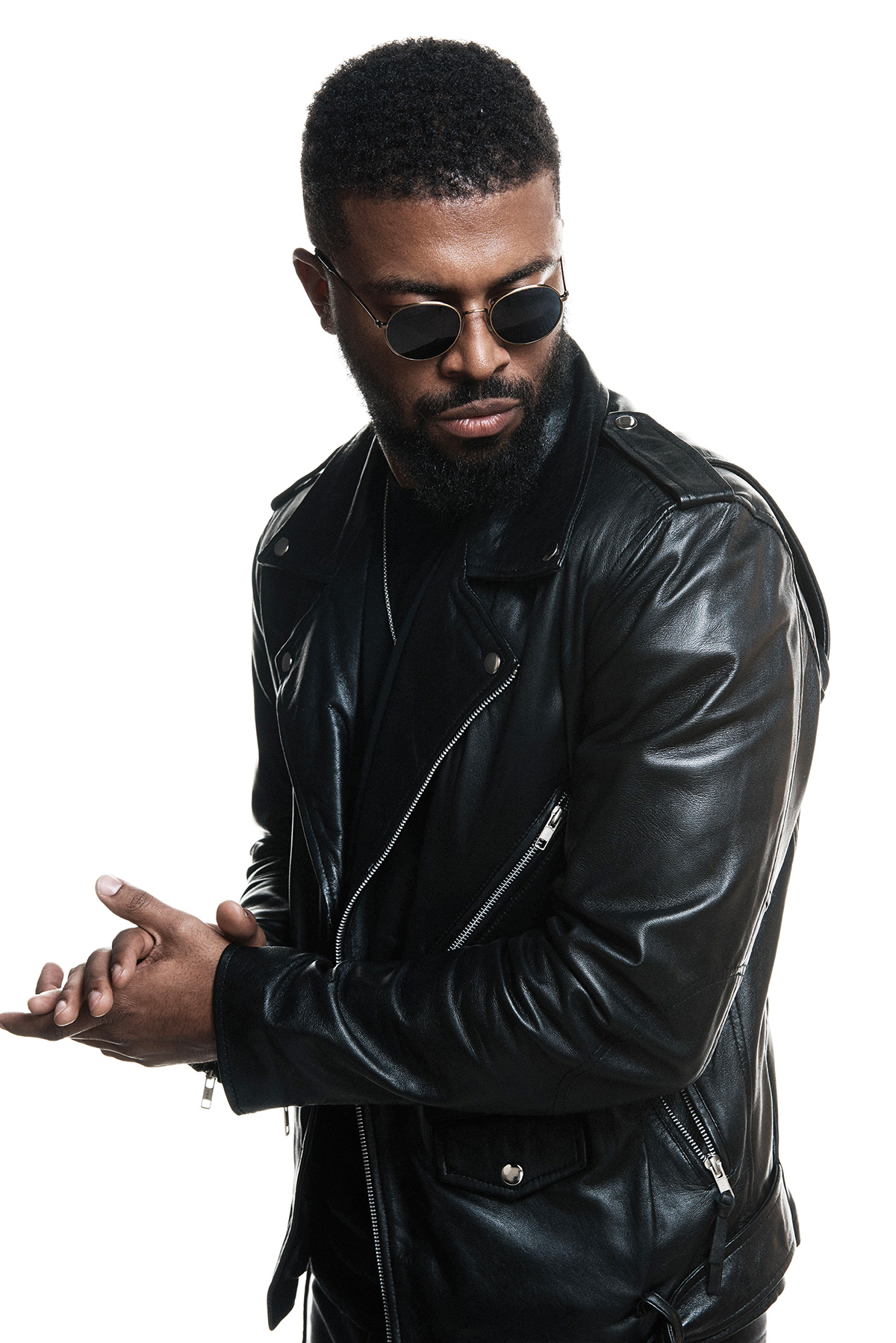
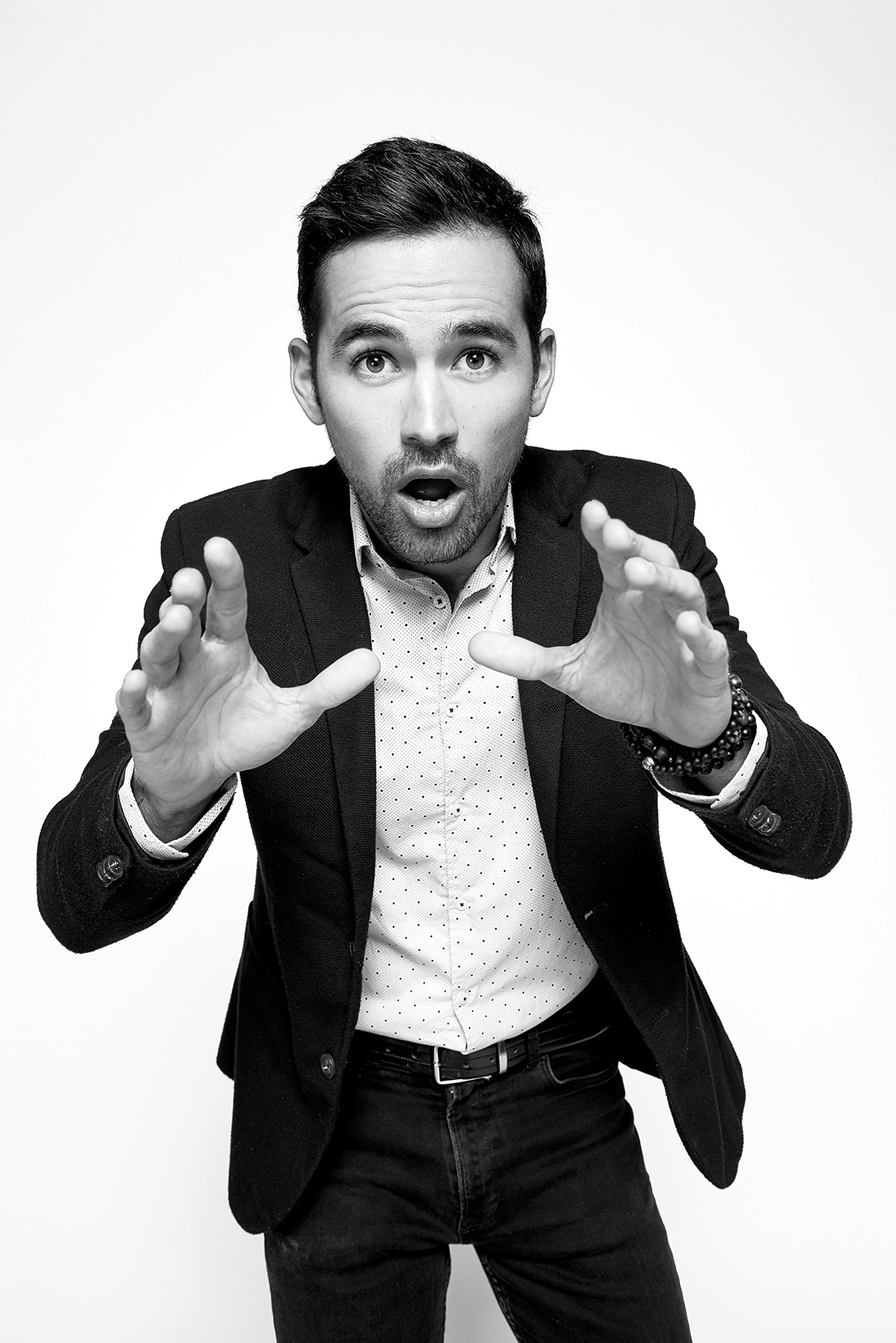
This standard applies to efficient consecutive corporate headshot sessions as much as any other portrait. Ahead of one corporate session, she provided the company mood boards for employees to review. She went over these with each individual and asked questions to get to know them. “It was like speed dating,” she says. Then she coached and joked them into natural, relaxed poses. One guy is expressing full-throttle glee. The room was hot, so Bertrand turned on a fan. “It had two settings: zero and Beyoncé. I told him we’re going to cool you down, we’re going to bring in Beyoncé, and I captured him at that moment.”
“Wanna shoot with me?” asks her website’s contact page. For Bertrand, portrait sessions are collaborations. “We’re going to talk about your life, your likes, and we’re going to translate that into visual art,” she says. They discuss music, too. “You may have nothing in common in your personal lives, but you will find some point of commonality through music, one song you both like,” Bertrand says. This also forms the session’s soundtrack, which inevitably leads to “bad singing” and dancing—or, at least, moving.
More than a bonding strategy, music fuels Bertrand’s visual aesthetic. Both her parents were professional disc jockeys; she grew up in Houston surrounded by music. Courting long distance, she and her husband made mixtapes for each other. Her first photography job was for photographer Mary Beth Greenwood, who is mentioned in a ZZ Top song. Music videos influence Bertrand’s style, particularly those of Kendrick Lamar. “It’s almost like he and I are working backward from one another. He starts with the music and sees the visual, and for me I see the visuals and want you to hear the music.” Photographer Peggy Sirota, who uses movement for her fashion and commercial work, inspires Bertrand’s technique.
THE LOOK
Bertrand, who teaches studio lighting, honed her technical skills to capture movement while enhancing the eyes. “My images have a lot of depth of field from head to toe. I do that on purpose because it’s what I like stylistically, and if [the subject is] moving around, with the eyes such a small part of the overall body, I want to make sure those are in focus. I’m going to use more depth of field so I can guarantee that focus. And catch lights are equally important. Without those catch lights, the eyes are dead.”
Along with music, Bertrand grew up around cameras. Her father always had one with him, her nextdoor neighbor was a professional photographer, and the big sister she idolized took a photography class in high school. She attended the University of Texas at Austin for its photojournalism program but discovered she was “an awful photojournalist.” During her senior year she took a studio intensive, which proved to be a breakthrough. She even influenced her instructor. “At one point she said, ‘I love this; don’t be surprised if you see this show up in my work,’” Bertrand recalls. “Being an insecure person my entire life, it was a moment I felt confidence in what I was doing.”
Insecure? Nothing of the sort is evident when interacting with Bertrand or her work. But she talks of being bullied in middle school. “I remember what it felt like feeling awful about myself and these girls saying publicly how awful I looked.” After working for Mary Beth Greenwood in Austin, Bertrand launched her own business, but her lingering insecurity didn’t meet its reckoning until her first pregnancy, when she learned she would have a daughter. “I was going to be tasked with having to teach a young girl how to stand up for herself and survive in a world that’s not kind to women. How am I going to preach to her if I’m not practicing what I’m preaching? How am I going to build up the confidence of other people if I’m not comfortable with how I am?”
That prompted her to rebrand Jen Bertrand Photography to reflect her persona, a woman with a little rebelliousness and a lot of empathy. She stopped emulating other photographers and pursued what she loves to create. She also raised her prices. The rebranding represented a quantum leap, with 2020 being her busiest year despite the pandemic. She plans to raise prices again so she can maintain a more manageable workload.
Being goofy. Turning studio sessions into parties. Drawing out wary subjects. Literally Crock-Potting her way to a new client. This is the recipe for Bertrand’s business success.
Eric Minton is a writer and editor in Washington, D.C.

 View Gallery
View Gallery


